Track cycling at the Olympics is always a stunning spectacle, but in Japan, keirin is generally a far more rundown affair, with a decidedly back-to-basics approach right down to the riders and their kit/equipment. All of which is a world away from the glamour, state-of-the-art skinsuits and marginal gains velodrome racing is generally known for. And yet in many ways, it’s all the things keirin isn’t that makes it so appealing.
The sport started in 1948 with the main focus being to raise money for postwar reconstruction, and Kokura, a port city in south-west Japan, played host to the first races, as having suffered heavy bombing, an attempted quick financial fix of taxes on gambling made perfect sense. Spread over four days, and on a basic, dirt-covered track, the inaugural race meeting attracted over 50,000 people, the vast majority of whom were working class men fresh out of the army. A turnout that was impressive, but even more successful was the amount gambled — over 19 million yen, which at the time was a lot of money. Results that unsurprisingly prompted local authorities all over the country to build their own velodromes, quickly creating a thriving, nationwide sport.
In current day Japan, keirin remains one of only four sports that it’s legal to bet on, with the horses, boat racing and speedway being the other three. As such, the amount of money staked on bicycle races now exceeds a trillion yen a year. That is good for business of course, but it’s partly this element that gives keirin something of a bad reputation, meaning it’s a sport known by everyone, but visiting a velodrome definitely isn’t a choice for everyone. And that goes for the more modern tracks too, or some of the older venues that now boast newer stands and nicer eating areas.
Gambling aside, it’s hard to pinpoint exactly why keirin is sometimes seen as a bit shady, but an element of snobbery could well be a part of it. At its heart, keirin is a very blue collar sport — just like those first races over 70 years ago. A factor that’s very clearly reflected in the faces you see there, the food and drinks that are for sale, and in many ways, the memories that are never far away. Stands that were once packed now rarely are, and it’s almost always possible to find lines of disused betting kiosks and quiet, rarely visited little areas. Signs of just how many spectators there once were. Numbers that nowadays are only really replicated at the year end big race — a three-day meeting that culminates in the Keirin Grand Prix on December 30th, a tense, six lap battle between the year’s nine best riders that boasts a truly life changing first prize of 100 million yen. The whole event is popular, but the last day in particular is the one time people do actually turn up en masse, along with a large contingent of the nation’s media. A genuine spectacle that’s shown in the last photograph, taken during the 2019 edition of the race.
Come the beginning of the new year, however, and it’s once again back to just the usual faces watching the usual races, which for me at least also means that it’s once again back to its fascinatingly faded best.
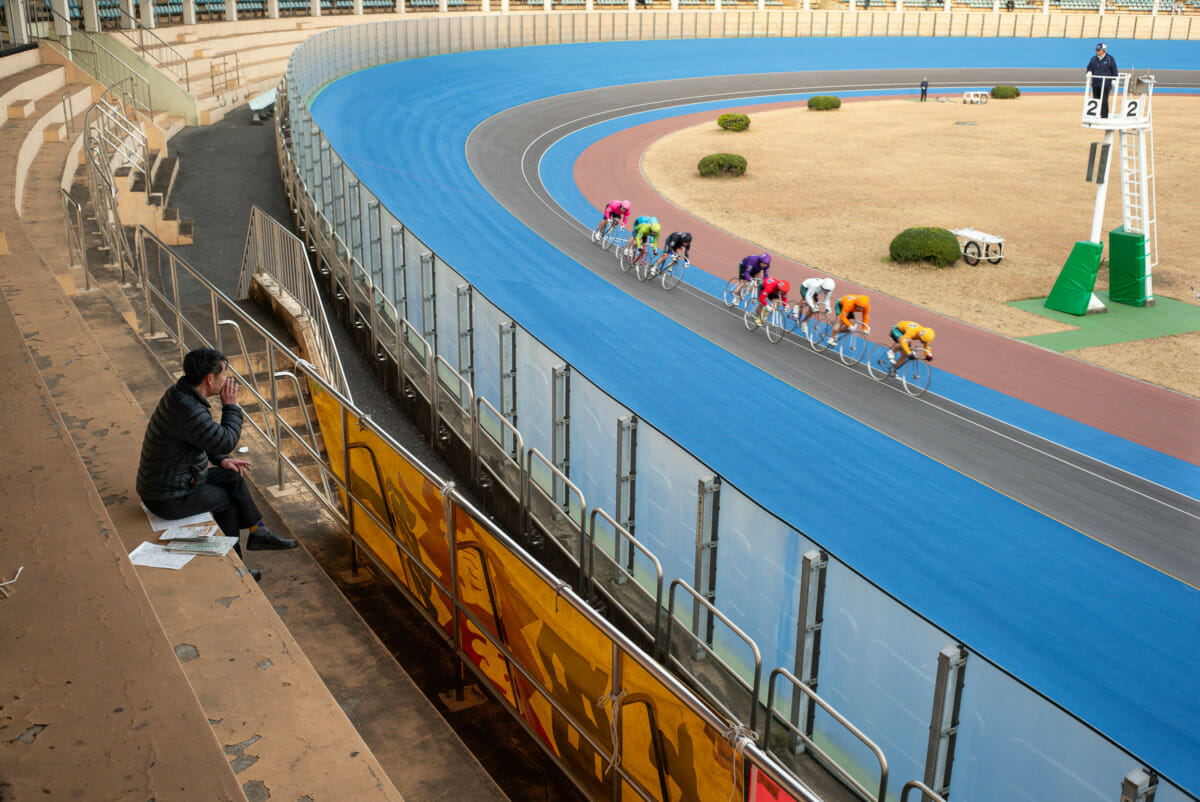
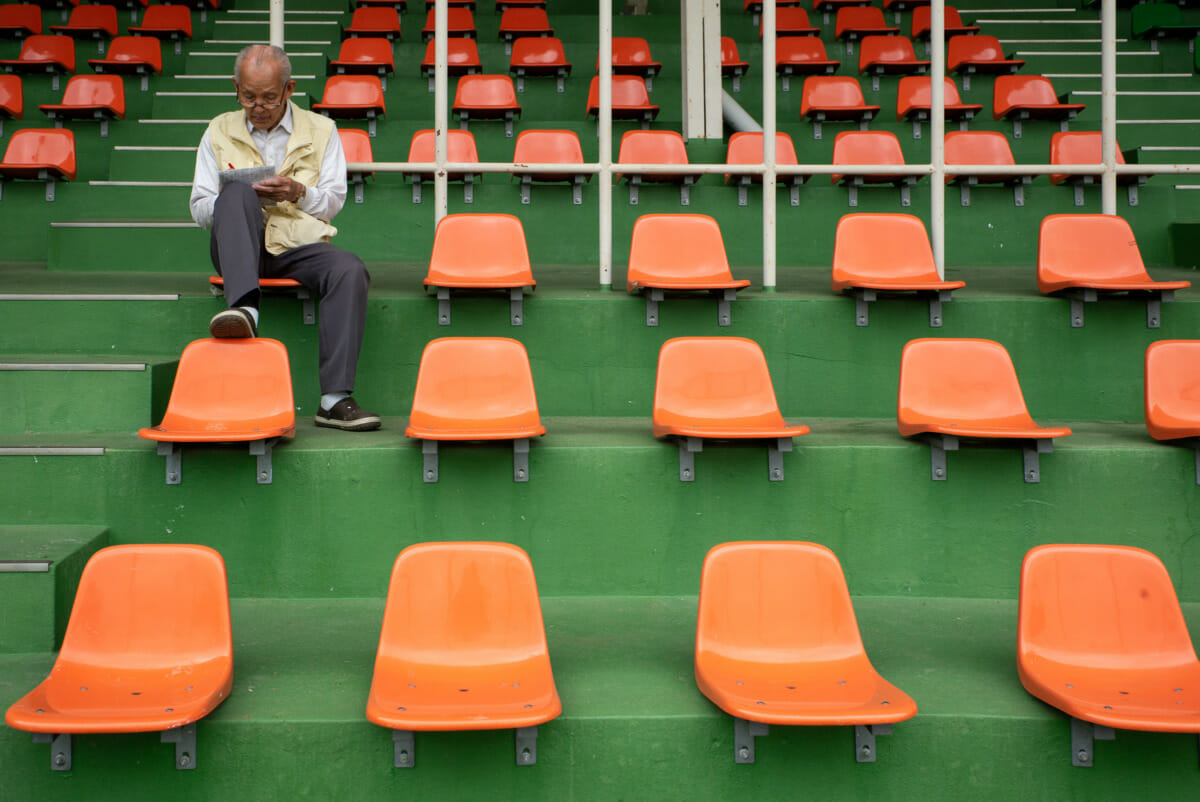
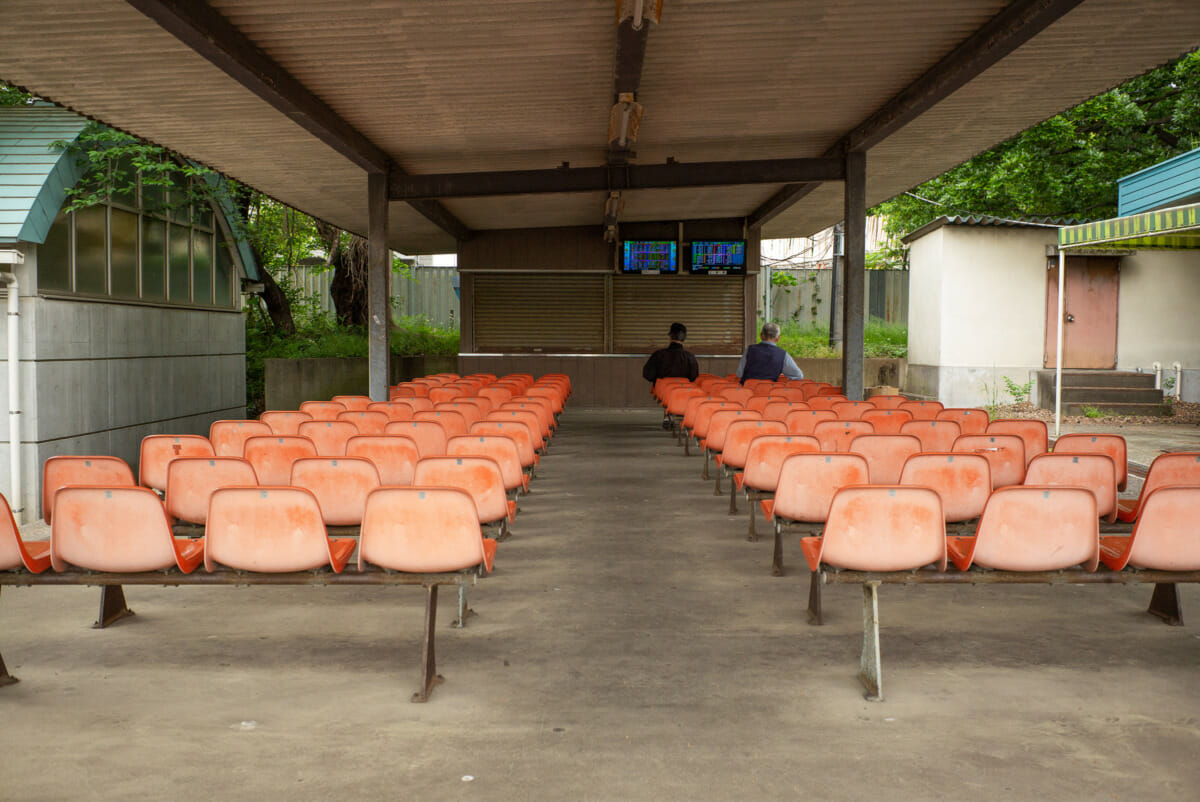
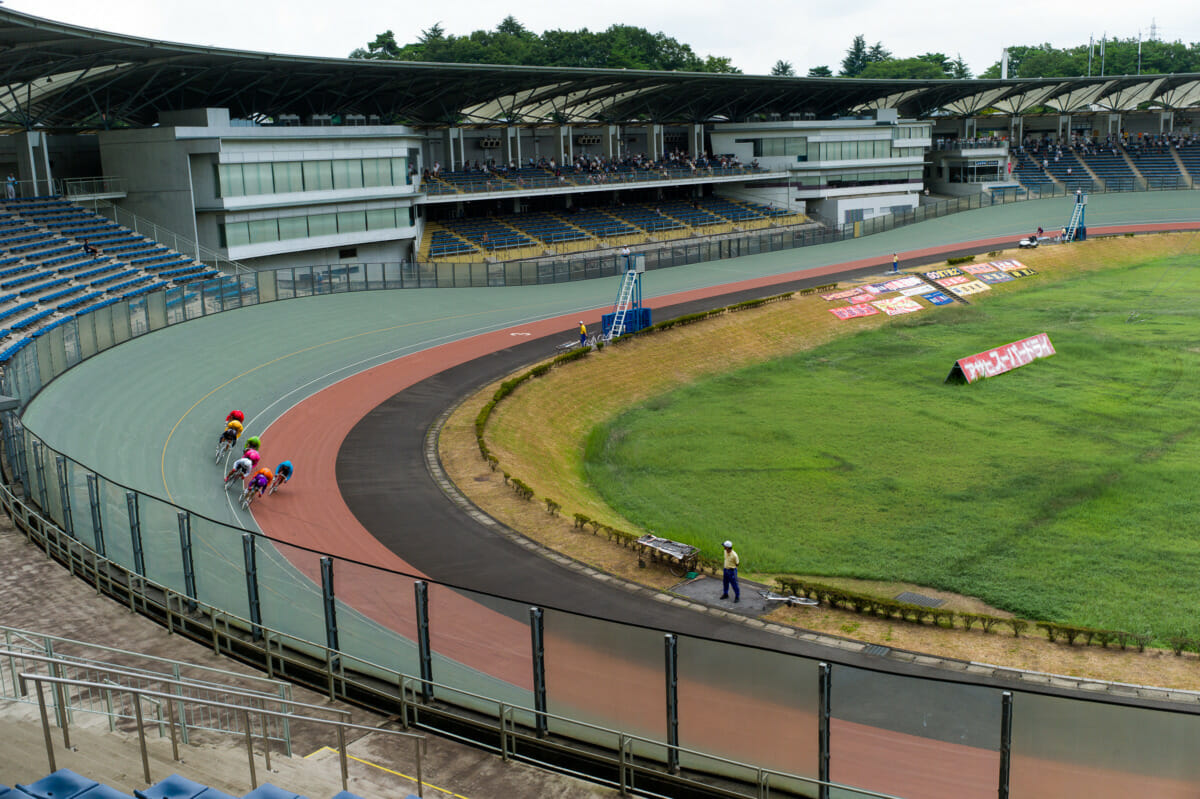
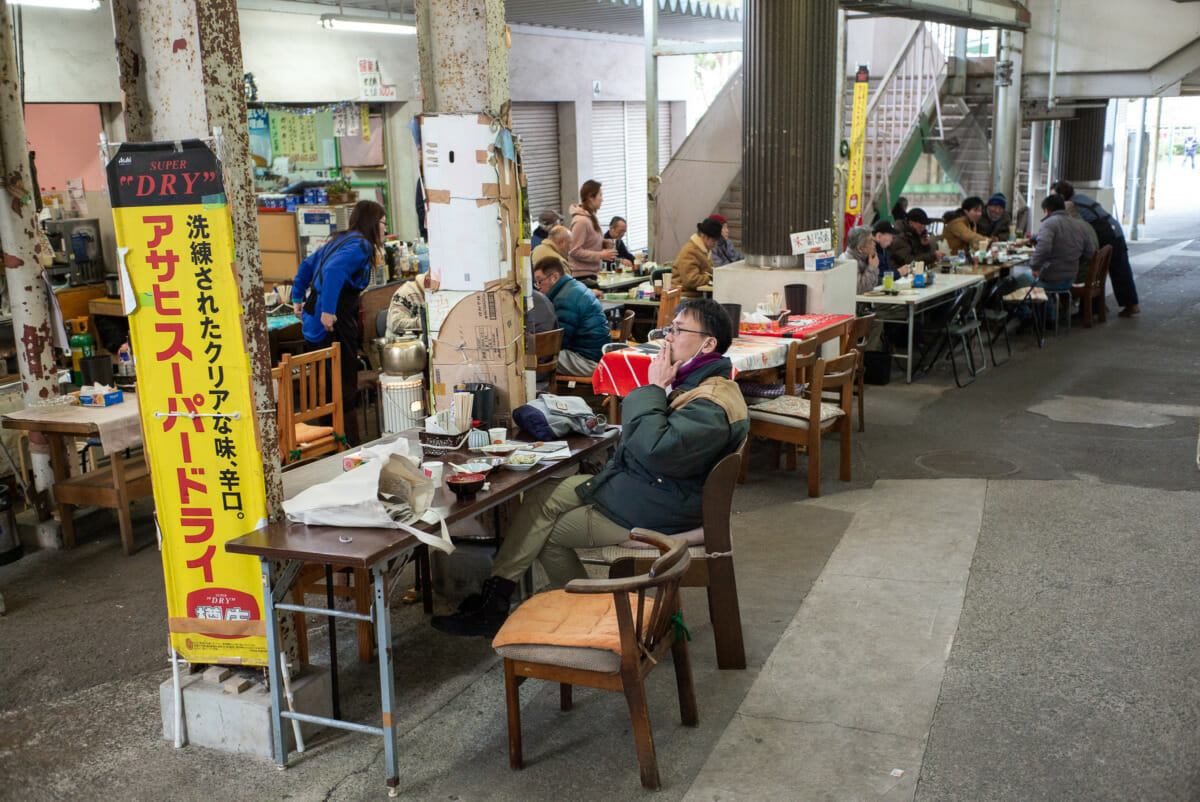
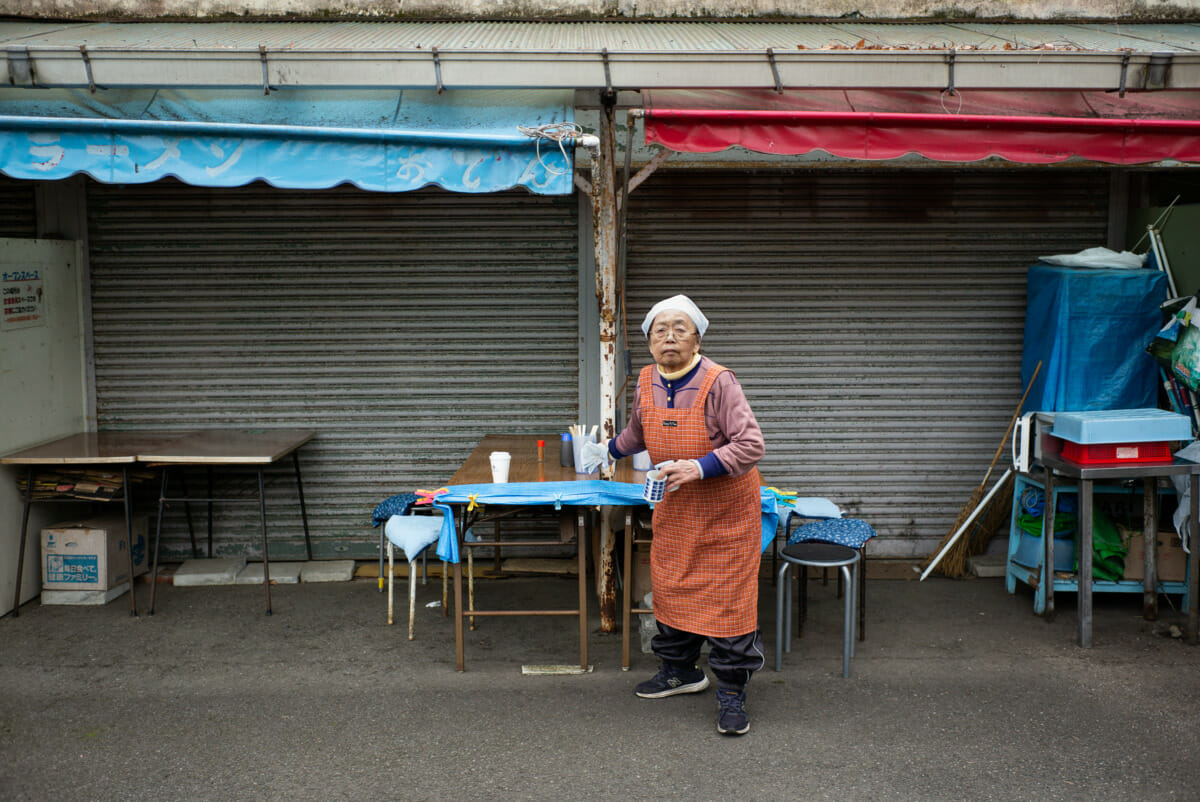
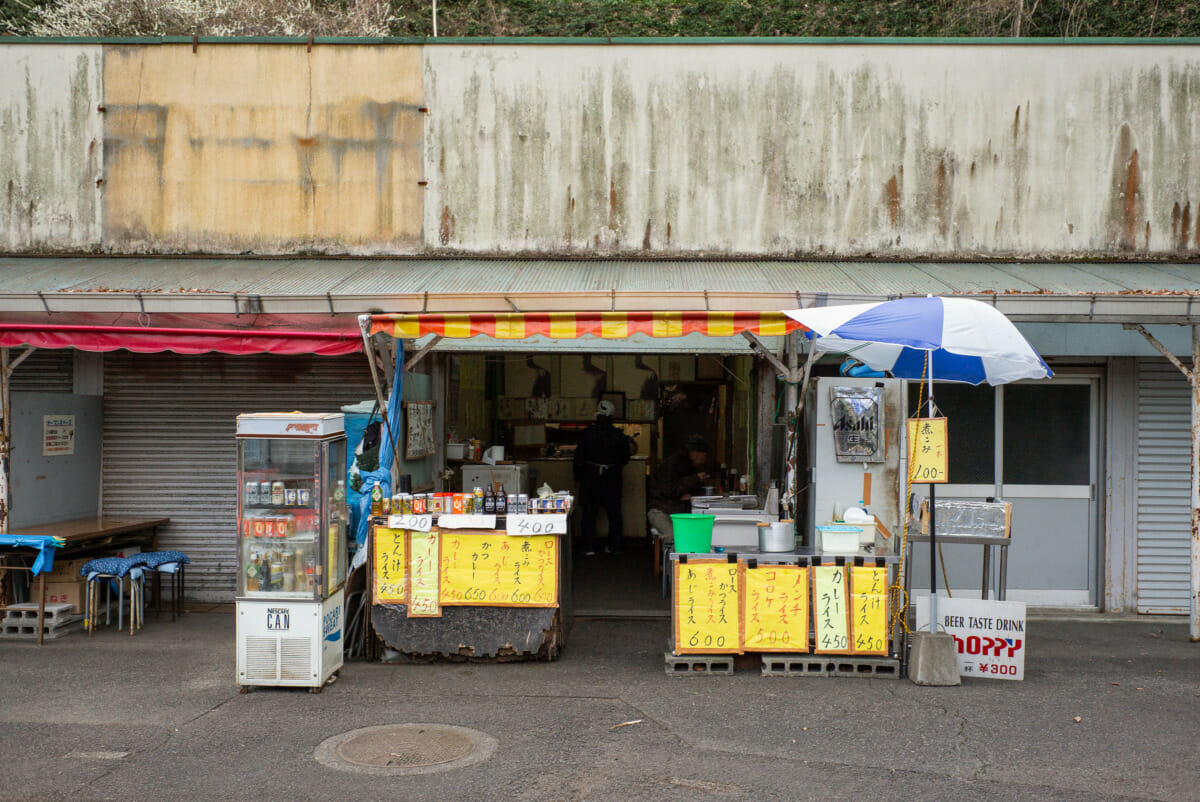
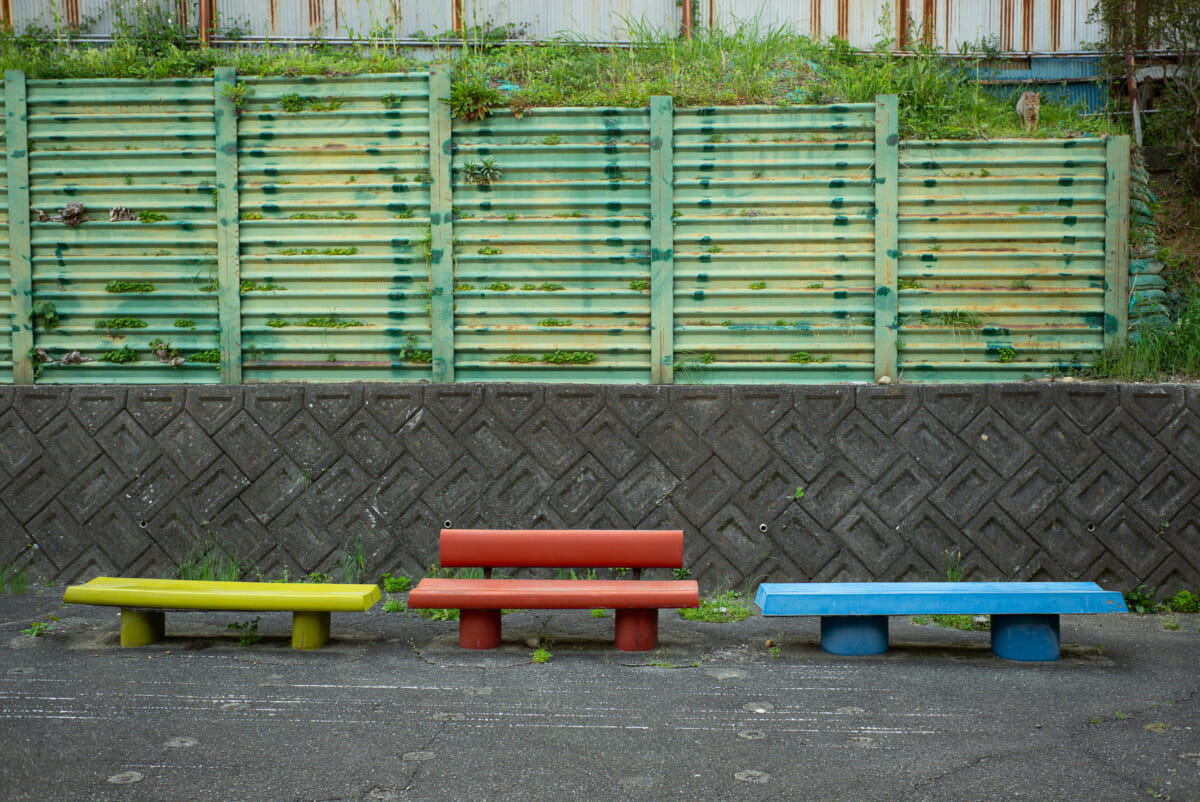
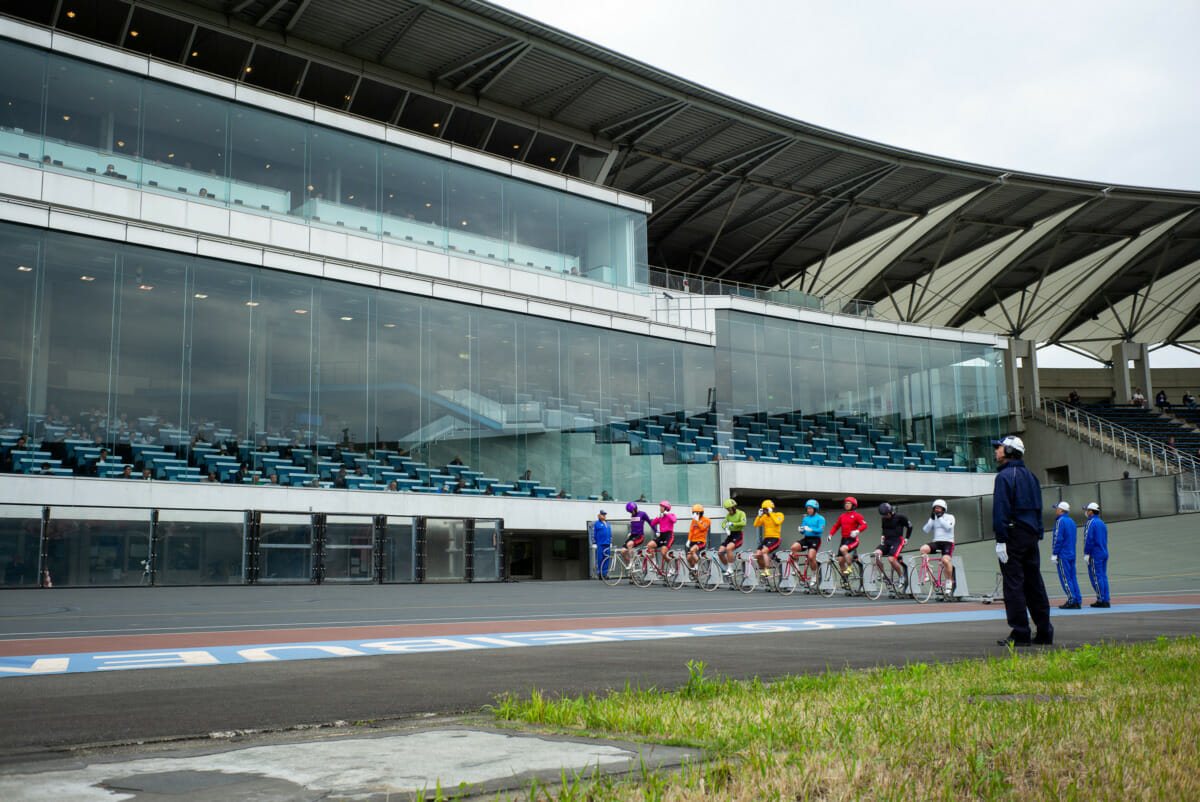
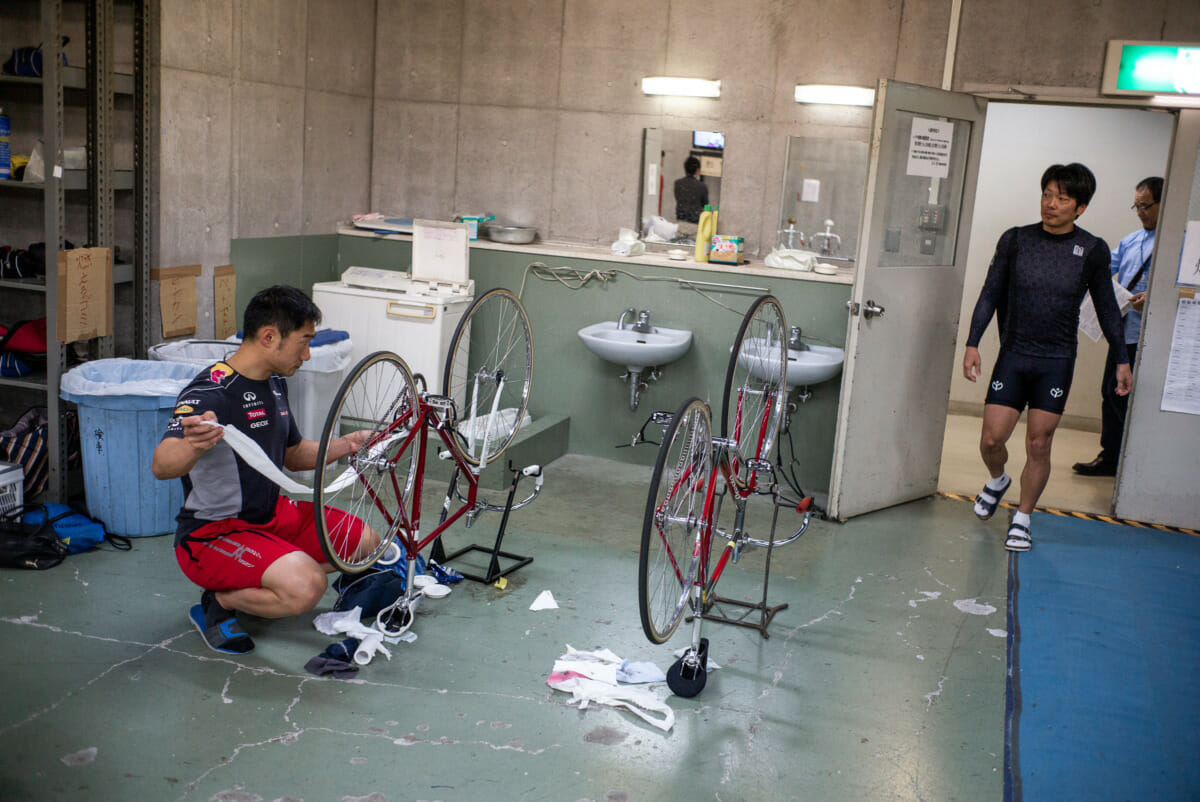

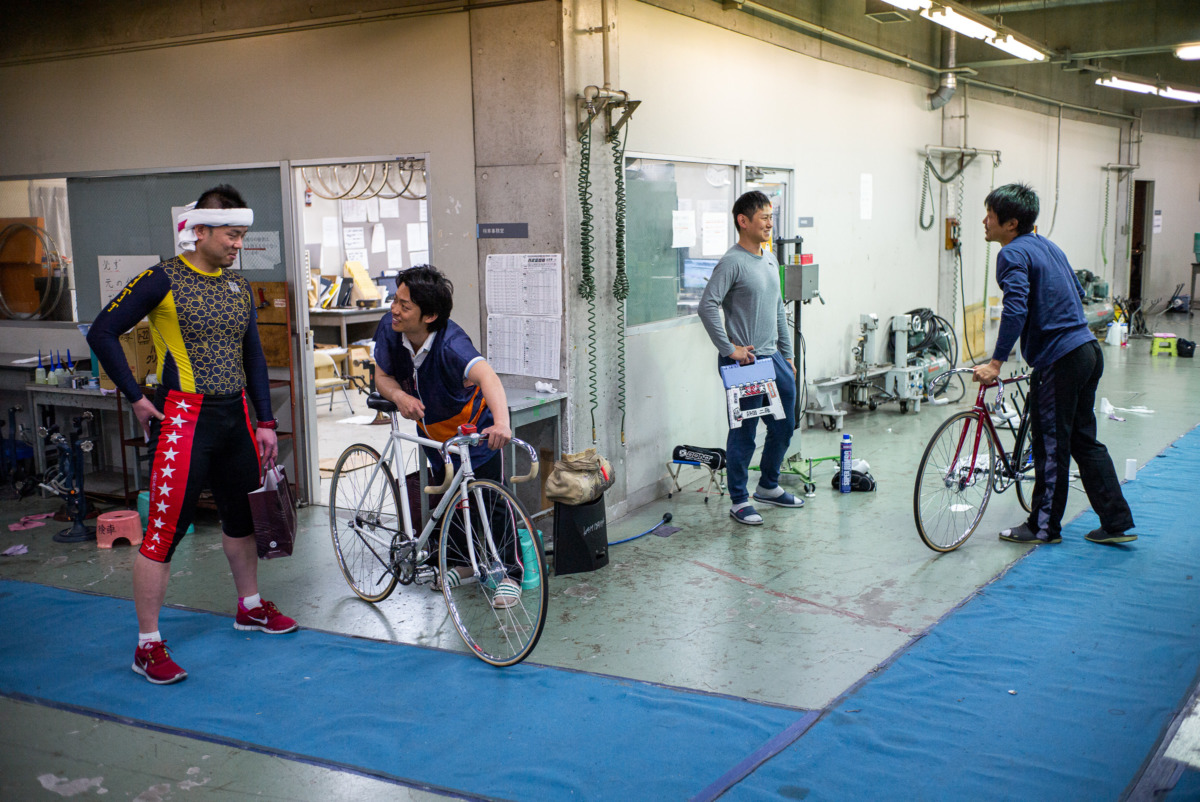


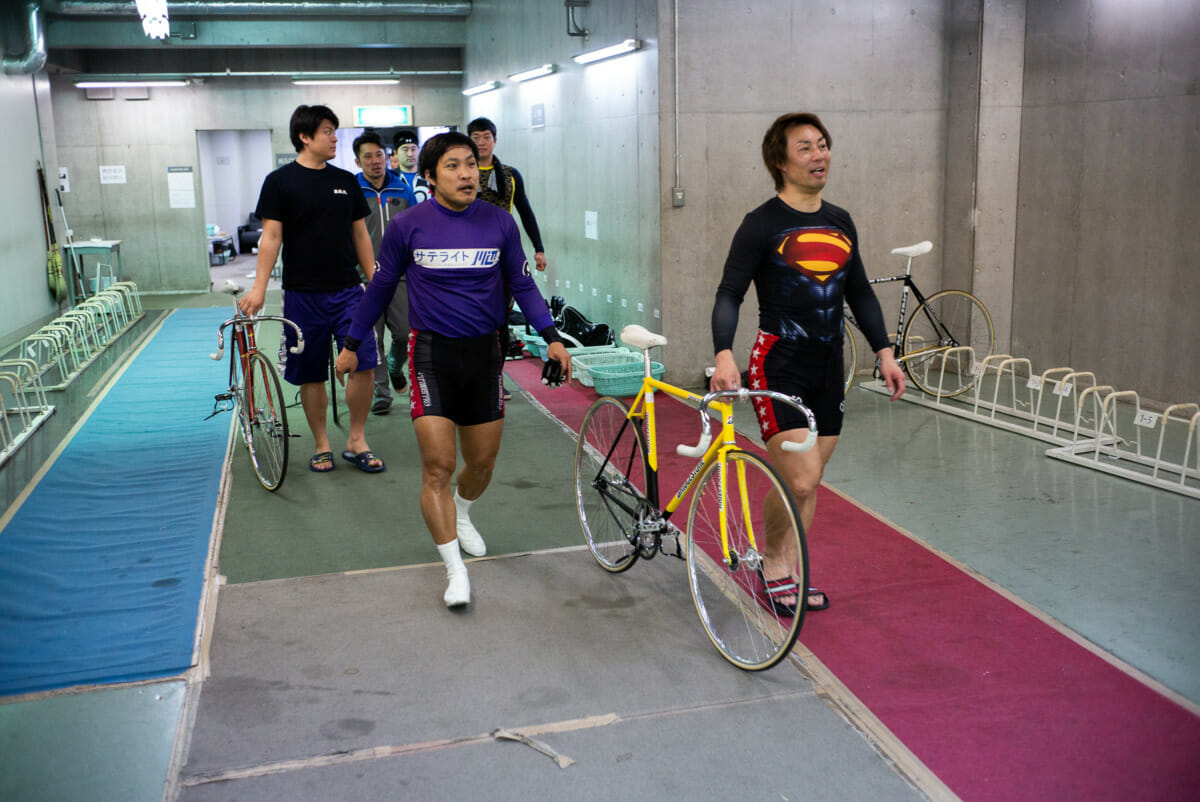
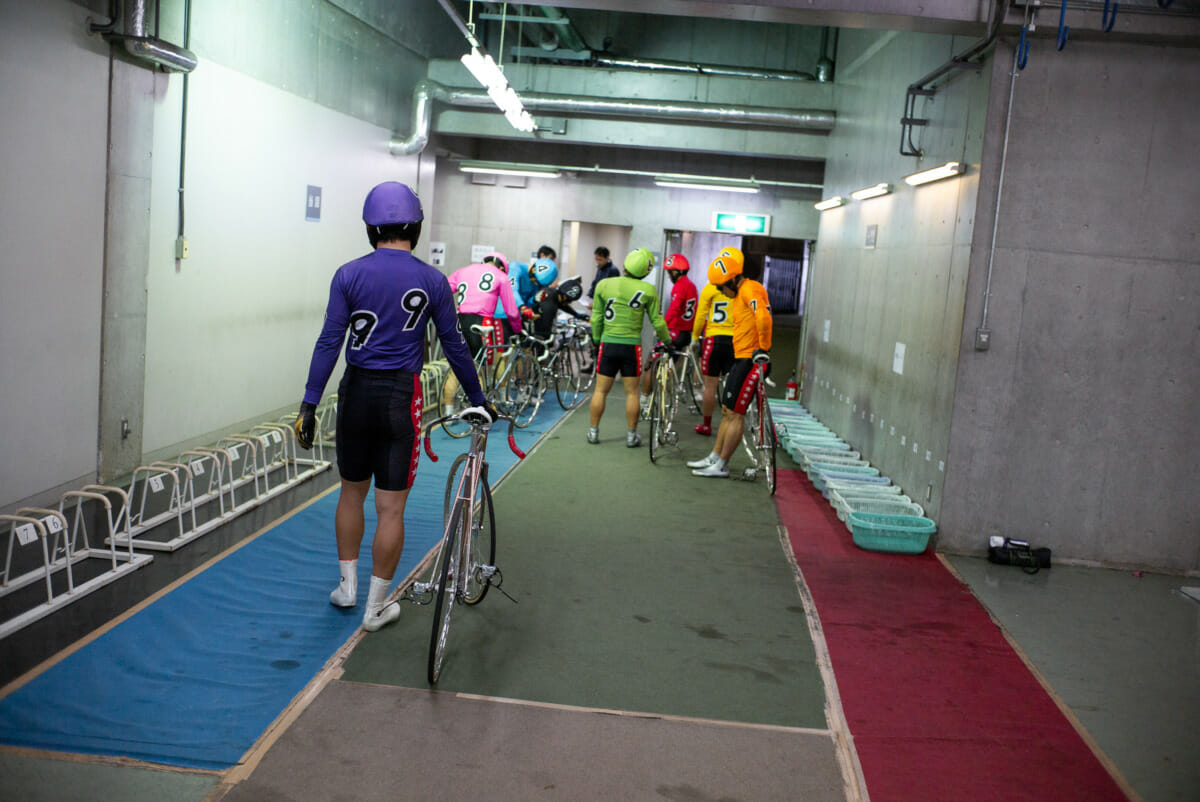
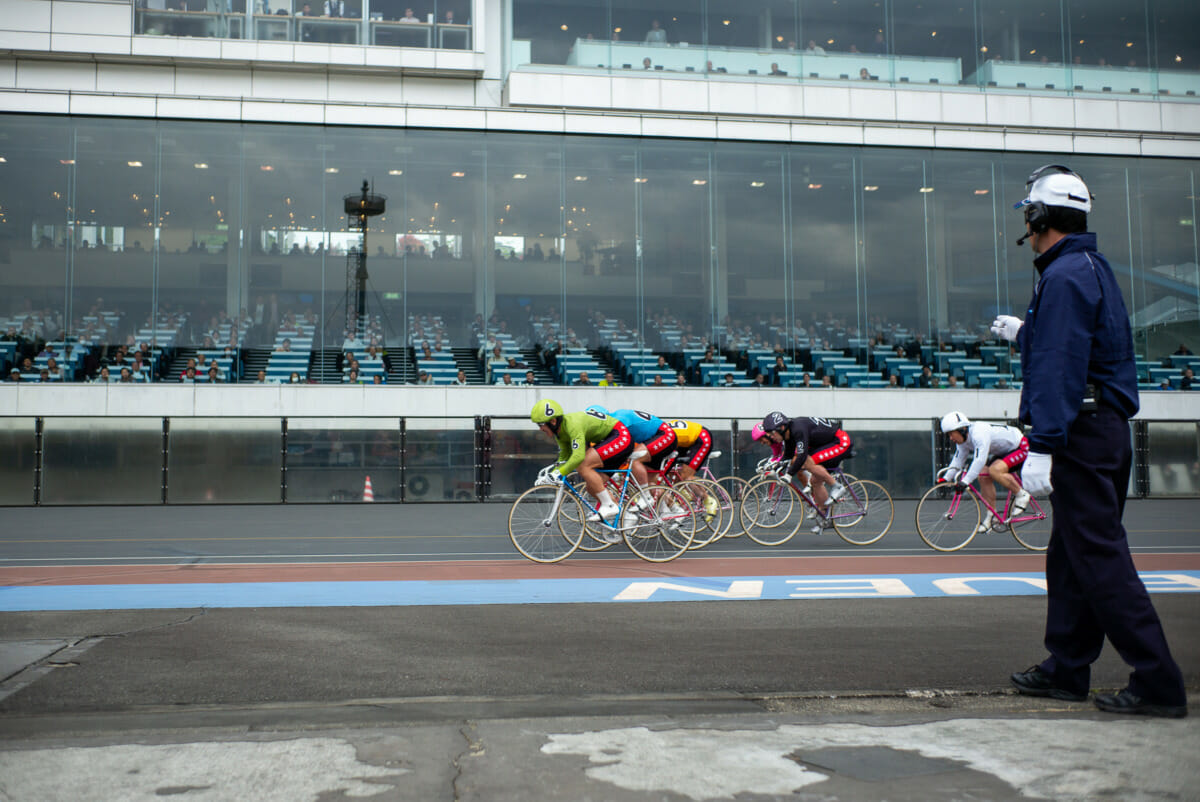

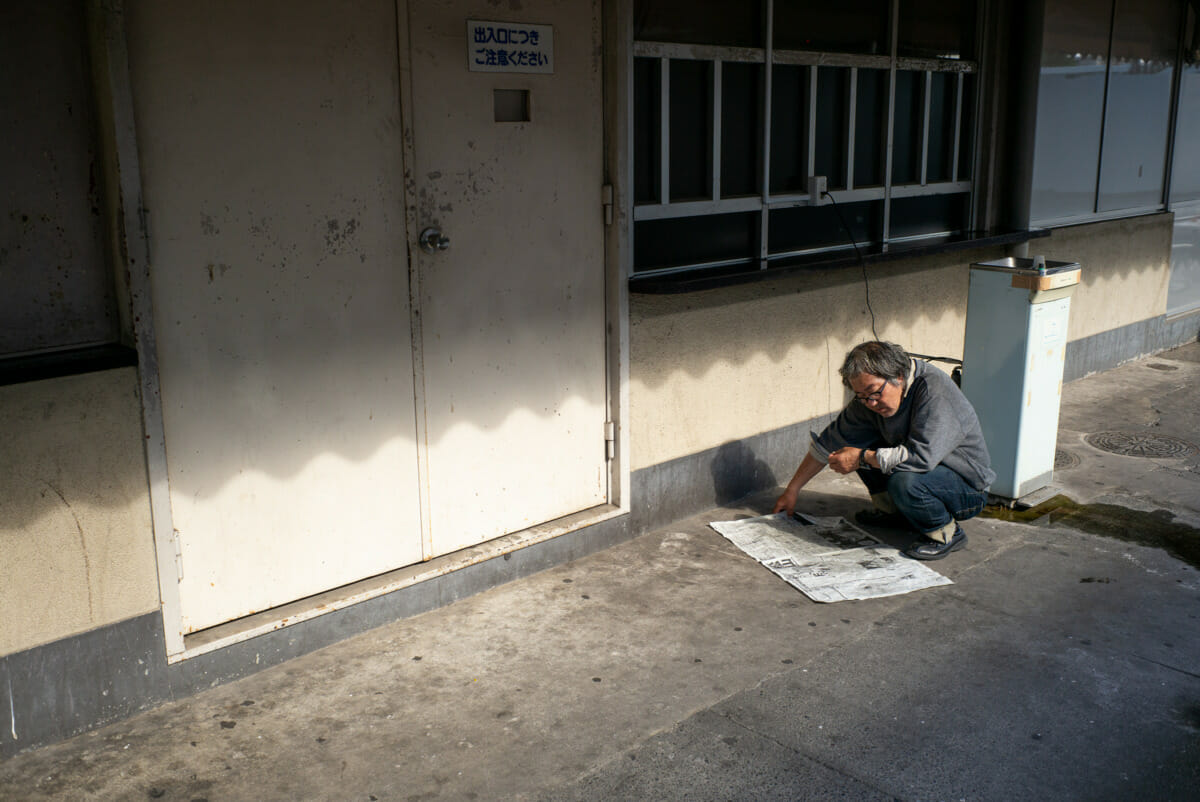
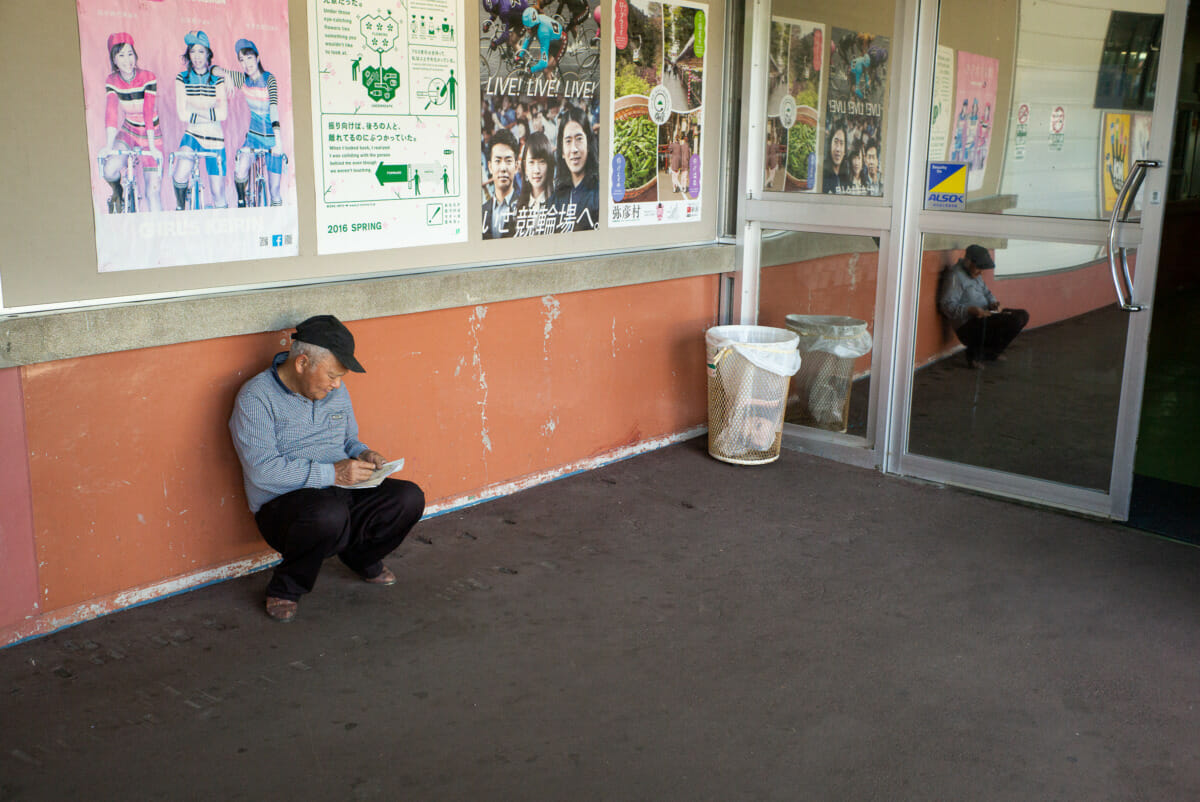
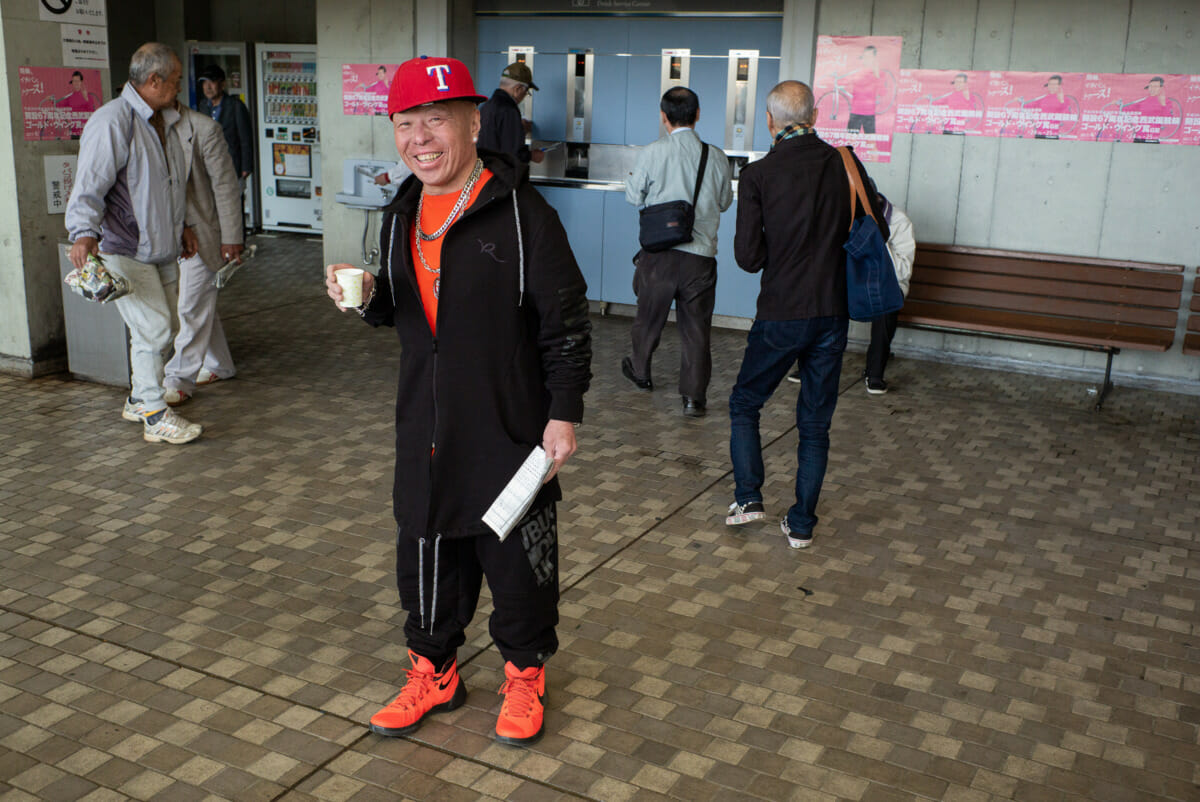

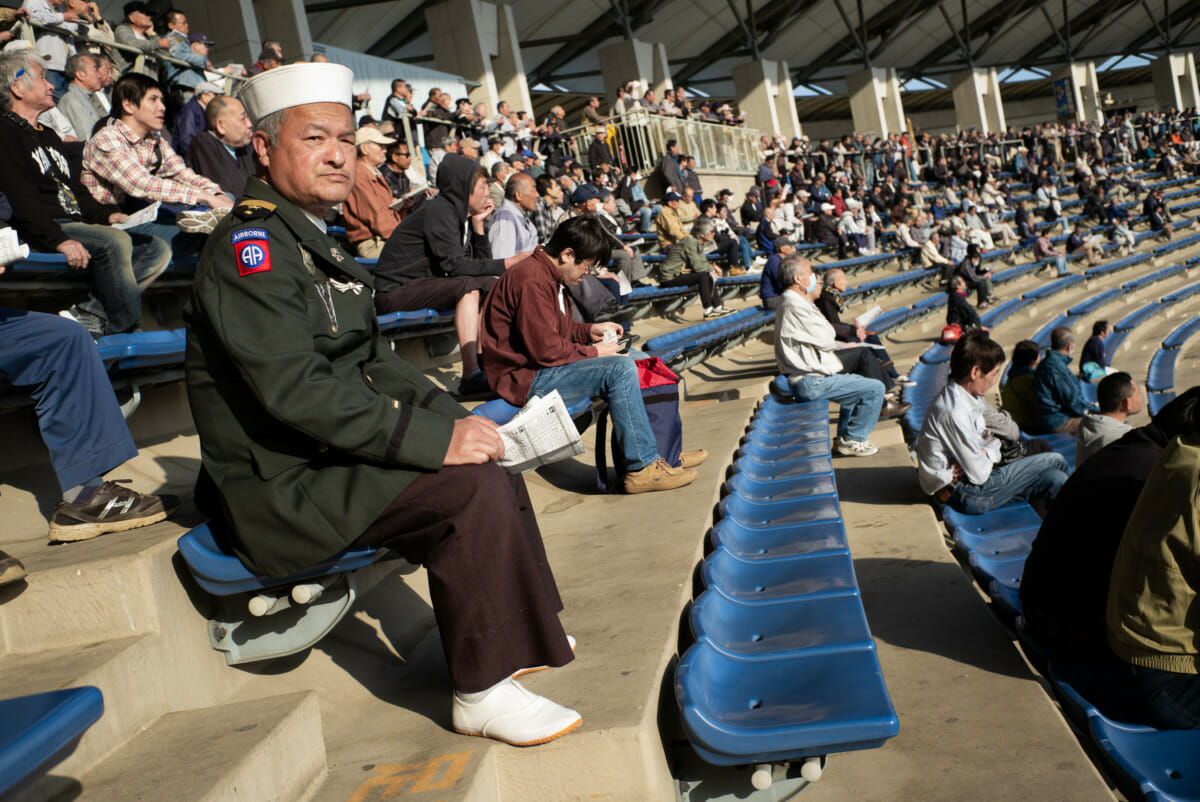
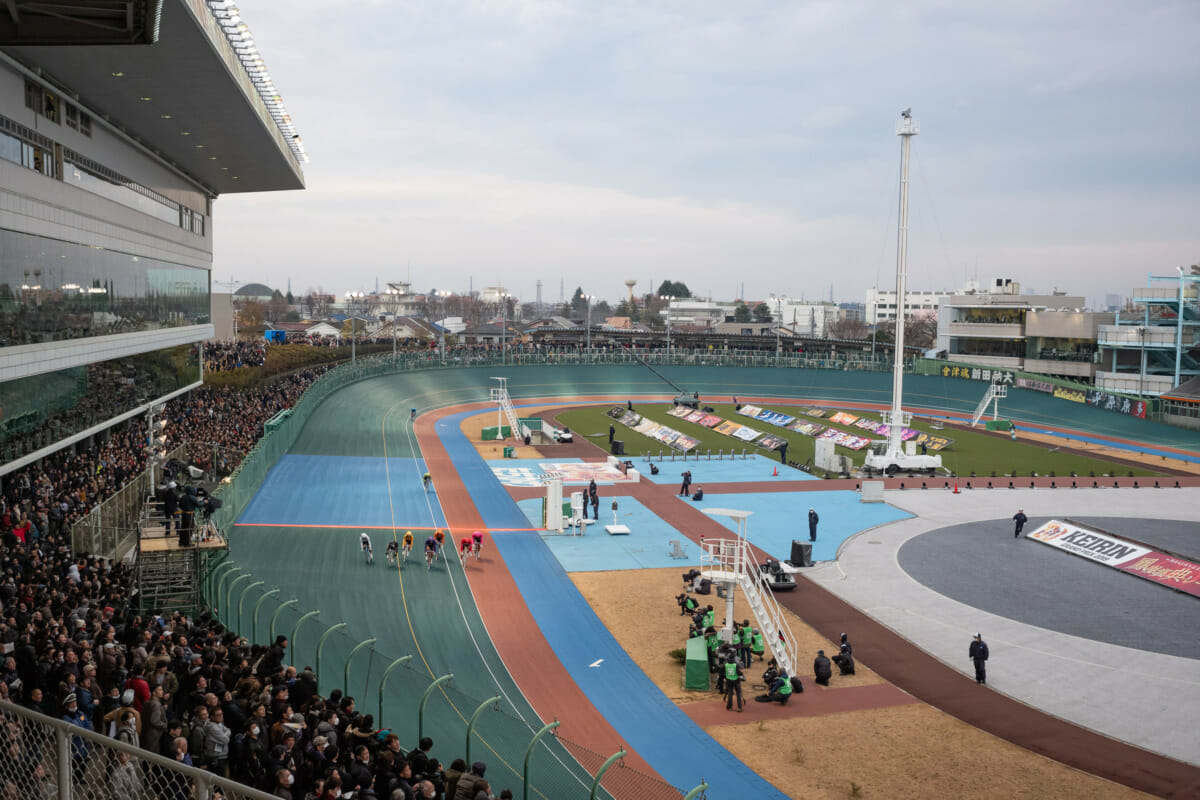
Linda says
Oh, this is so sad, and then those riders look so cheerful and enthusiastic, and then it gets sad again… I would never have expected to feel an emotional rollercoaster about bike racing. Well done.
Lee says
Cheers. “Cheerful and enthusiastic, and then it gets sad again.” pretty much sums up each and every bet I make…
To be honest, it’s not sad, just faded and rather rundown. Just how I like it. The more modern velodromes always feel rather sterile. Way fancier, yes, but way less character.
Sean says
This is such an awesome set of photos. Thanks for sharing! I no idea about this. This is one more thing to add to my ‘visit’ list! 🙂
Lee says
Thanks, and you are very welcome. They are places I really enjoy visiting. Sure you would too, so definitely worth putting on the list.
archie4oz says
The bikes have drooled over for a decade by hipsters though, and some of the frame-builders are borderline revered like living treasure swordsmiths.
Lee says
Interesting. I knew that about the bikes, but didn’t know about the frame builders. Cheers. That’s something I’ll have to look into.
Richard says
Wow, I never knew about this sport. Thanks for sharing the info, history, and photos!
Lee says
You are welcome. Always happy to introduce people to keirin. Just a great way to spend a day.
Matthias says
Keirin is a word I always wanted to look up but then forgot about – because you see it sometimes here in Berlin, too. There are ‘Keirin Cafes’ for instance, where cycle courier riders hang out. And yes, there is a bit of the snobbery going on, as well as the hipster drooling (to which I can relate to more since I’ve taken up long distance cycling as a Corona escape). So thank you for sharing this look into Keirin and the amazing set of photos!
Lee says
You are welcome. Glad you enjoyed it. Always nice to hear other people are just as enthusiastic about something I enjoy.
Those keirin cafes sound interesting, and I hope the behind the scenes photos did the trick on the bike front!
cdilla says
That’s a very interesting piece about the sport. The run down nature and class appeal reminds me of greyhound tracks in the UK.
My favourite, of course, is the one with the three colourful benches and a cat. Reminiscent of those four seats at the abandoned rail station you posted in 2019.
Nice to see that last photograph full of (unmasked) life, especially as we can say just where we were on that day in Japan (Oshino and Tachikawa).
Lee says
Cheers. Yeah, that would be my comparison too. Lots of similarities.
Ah, yes. I’d forgotten about those. Very similar in a very different way.
I know eh? Not that long ago, but it feels a long time ago. Oh, and in quite a coincidence, that last shot was at Tachikawa Velodrome. You could have popped by.
YTSL says
Great post! Thanks for the explanation as well as the photos!
BTW, have spent a few nights in Kokura — and, in fact, paid my first izakaya visit while there. It was an incredible place… with a floor that partially was of (plexi)glass with koi swimming in water underneath, so one had the sensation of walking on water to your seats — which were either at the bar looking into the kitchen area or what were made to feel like boats floating in the water. Too bad I can’t remember the name — which was written only in Kanji rather than Romaji!
Lee says
Cheers, and you are very welcome.
Ah, that’s a nice coincidence. I’ve never been there, which after researching this and realising it was the birthplace of keirin, is something I need to correct. And when I do get there I’ll have to search out the koi Izakaya!
YTSL says
Hi again Lee —
Am glad I perked up your interest in that izakaya. I hope it’s still around — visited around 15 years ago! Re its location: if memory serves me right, it was a few minutes walk south from Kokura train station, on the 2nd floor of a building whose entrance was in a small alley… Oh, and its main door was large and made of dark wood. Apologies for not being able to be more specific!
Lee says
Cheers. And not at all. That’ll make for a very interesting challenge when I get there. Hopefully it has survived the years, and will get through this difficult time as well.
john says
The first picture gives out all of that excitement of the sport though it must be slightly more serene without the noise and fumes of speedway.
I like the portraits especially of ‘Mr T’, and as first imagined, ‘Mr Tea’ with the AA badge, before realising such a badge would be oxymoronic..
Lee says
Yeah, definitely a different vibe than speedway. Generally pretty quiet apart form during big races. That said, the relative quietness does mean you can clearly hear punters shouting, which is often quite amusing as most of the shouts aren’t of the supportive variety!
john says
a good bit of 円 enhanced shouty therapy maybe! With the barriers and sound deadening bushes (?) maybe the riders miss out on the specifics!
Lee says
Definitely. All about the money. Or all too often, the lack of it.
My guess is that in the heat of the race, even the loudest of shouts won’t really register. After they’ve crossed the line, on the other hand, it could be very different.
scruffy says
Another aspect of Tokyo of which I knew nothing. Thank you for the cultural enrichment. No trouble social distancing there!
Lee says
You are welcome. Definitely a part of the culture that isn’t widely known. Not in detail anyway. And no, easy enough to keep 2 metres at the very least apart!
James says
Weird medley of badges of the guy wearing the green Army coat. That’s a pre-2008 American Army dress uniform coat with an 82nd Airborne Division combat patch. But he’s got Navy rank on the shoulders. And medals I can’t quite make out. Also appears to be a company grade officer’s coat with at least 6 months deployed time.